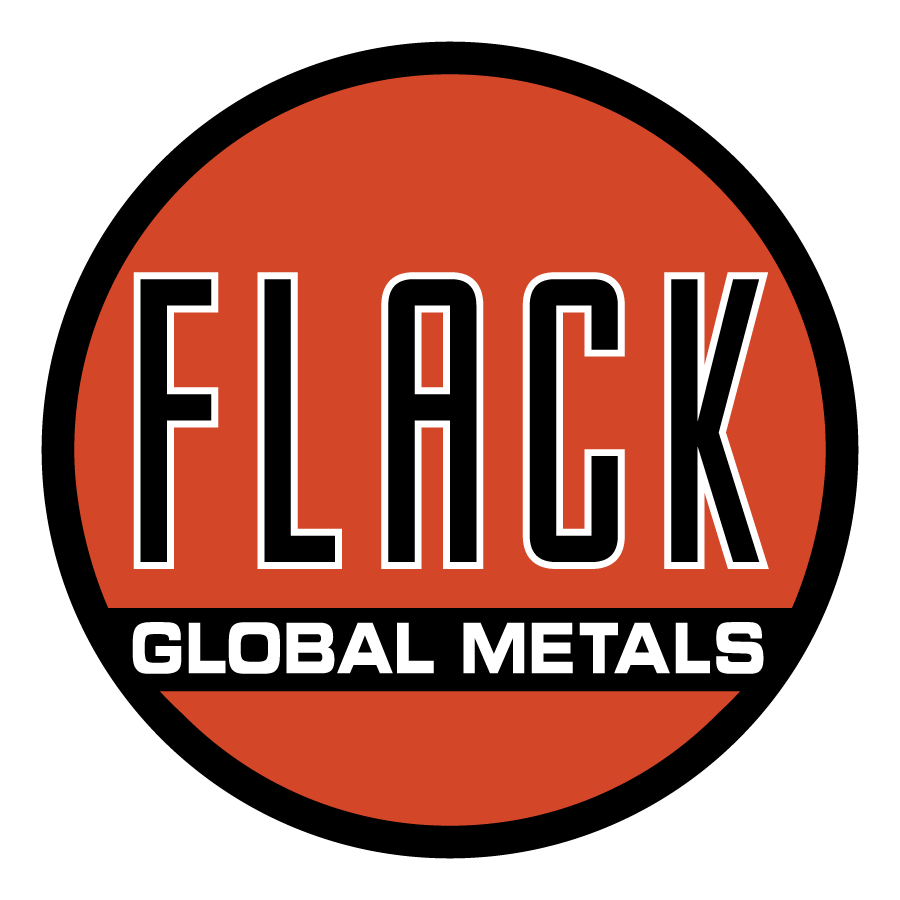Oil prices dominated financial marketsagain last week as they oscillated between $54 and $59/barrel.

Early in the week, the Russian ruble,US dollar cross traded as low as 79 as Russia’s economy continued to be underimmense pressure from falling oil prices and ongoing sanctions.

Oil found some footing on Wednesdaymorning after an oil inventory report showed a decrease in crudeinventories. For the rest of the week, oilbegan to solidify in the $55-$59/barrel range and may have found a near-termbottom. The Russian ruble and other emerging market currencies that were infree fall mode began to calm as well. At2pm on Wednesday, the US Federal Reserve monetary policy announcement and pressconference led to significant volatility that sparked a major comeback in theS&P 500 and gains in the U.S. dollar.

Financial markets were all over themap following the statement. Marketsbegan to clearly move higher during the Q&A session when Federal ChairwomanJanet Yellen said that the U.S. economy was progressing quite strongly. In the days that followed, a number ofFederal Reserve members publicly spoke agreeing with Yellen that the U.S.economy is strengthening and added that the primary threat (to the USA) is frominternational economic weakness hindering the U.S. economy.
The dollar index gained 1.4% for the weekclosing at 89.6. The Russian ruble (-2.29% to 59.62), Euro (-1.87% to 1.2229),Indian rupee (-1.61% to 63.3) and Australian dollar (-1.42% to .813) werehardest hit.
Prices for ferrous raw materials weremixed with ore flat, scrap prices up and coking coal down. The IODEX was unchanged at 69.5 while 3monthiron ore futures were up $1.10 to 69.75. Shred prices in the Midwest were up $20 to$345, east coast up $10 to $297.5, HMS Turkey up $7.50 to 320 and Turkish HMS80:20 up $14 to $322.
US HRC spot and futures prices continuedtheir slide. CRU printed: US$ 606 -9, Germany $463 flat,Italy $448 +3 and China $454 +1 (all in short ton). The Flack Steel Global Weighted Index gained$1 to $458/st. Domestic pricedifferentials still remain extremely elevated ranging from $93 – $202 withChinese CRC at $190 below US HRC. TSIdaily prices did the following WOW: US HRC prices $613 -3, NE HRC €405 +1 ($449.21/st-7.4), ASEAN $482 +1 ($437.17/st +.90) and Turkish Scrap $322 +14. CME HRC futures moved lower as well (seebelow).

Platt’s has HRC down $2.5 to 615,while Flacksteel.com has HRC down 10 to $600. AISI weekly production gained a smidge to 1.88 million while capacityutilization inched up to 78.2% (this is for all steel production).
December flat rolled import licensedata is trending toward 1.3m short tons while 2014 flat rolled import forecastis down slightly to at 14.78m st.
MSCI inventory data was released andshowed a 1.40% MOM drop in daily shipments to 107,980 tons per day. Inventory dropped by 68k tons to 5.53million, up 19% YOY, while the normalized M.O.H. increased to 2.44 from 2.43 inOctober and 2.42 in September. These high inventory figures coupled with higherthan expected Q4 import licenses could portend a highly competitive firstquarter for steel mills, especially if import levels stay elevated. This data warrants serious concern regardingthe floor price for Midwest HRC prices over the medium term.
November industrial production was up1.3% with manufacturing leading the way up 1.1% and capacity utilization up to80.1% from 78.9% in October, but the December Philly Fed manufacturing indexand the Empire manufacturing index were both down MOM and missedexpectations. Considering the Decembermanufacturing reports are timelier, it is reasonable to be worried that theJanuary ISM report will be downbeat.
November housing starts and buildingpermits were up from the previous month at 1.028m and 1.035m annualized builds,respectively, but missed expectations. The CPI was down 0.3%, mostly due to the drop in energy prices, but coreCPI (ex food and energy) was up 0.1%.
The S&P 500 closed the week up3.85% at 2067 regaining most of what was lost the prior week. In turn, the VIX plummeted22% to 16.49. Unfortunately, the steelstocks didn’t regain as much ground as the broader market with NUE down 4.78%to $49.40 and STLD down 3% to $19.76 after weaker than expected mid-quarterupdates. US Steel finished up 2.7% on the week at $28.59 while AKS gained 20%to 6.25 after they announced an upbeat mid-quarter update. MT gained 5% to $11.41.
Iron ore miners were up except CLF. BHP gained $2.21 to $48.39, RIO gained $3.60to 45.38 and VALE gained $0.95 to $8.14. CLF was essentially flat at $6.69.
For the week, zinc dropped 0.2% to $2174.5/mt.Gold shed 2.17% to $1196 and silver lost 6% to 16.03.
Natural gas lost 8.72% as warm weatheracross the US pressured prices to 3.46/mbtu. The average U.S. gas price dropped another 6% to $2.409/ gallon.
The U.S. 10year interest rate gained 3.85% to 2.16%. The German ten year yield dropped by 5% to 0.59%, the Spanish ten year yielddropped 9.4% to 1.7% and the Italianten year yield dropped 5.33% to 1.95%after dovish comments from the ECB.
In additionto the above, the domestic Chinese stock market (CSI 300) and the Shanghai propertyindex continued a pretty awesome rally up 9% and 10%, respectively.

On the flipside, the Baltic dry index continued to slip further down 7% to 803.
I currently have the following upside anddownside risk for HRC prices:
– Trade casefilings
– Supply sidedisruptions
– Strongmanufacturing data
– Rallying scrapprices
– Sharp drop inimport data
– Infrastructurebill/long-term solution to highway spending bill
– Sharp upturn innonresidential construction
Downside Risks:
– Increasinginventory levels/Q1 destocking
– Relativelywarm winter leading to lower natural gas and scrap prices
– Dollar rally/currencyissues/sovereign default
– Increasing importmarket share
– Falling globalprices leading to decreased import offers
– Continued weakiron ore and global finished steel prices
– Weak scrap and/orpig iron prices
– Crashing oil& energy prices
– High productionlevels
– Economicdownturn, especially in China or Europe reverberating to U.S.A.
– Weak demand inhousing or automotive
